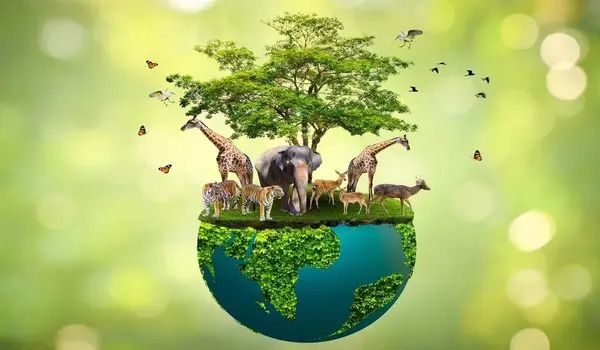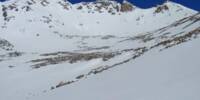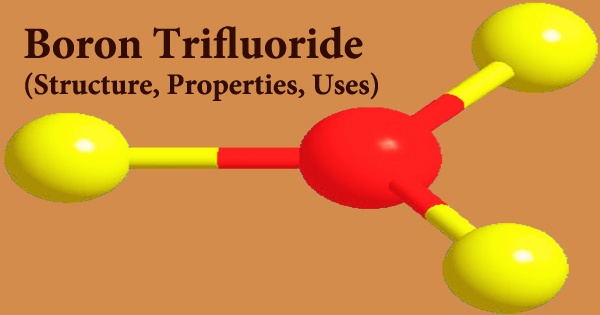Cultural variety is anticipated to have a net positive influence on environmental biodiversity. The homogeneity of human life forms may thus be viewed as a key driver of the ongoing massive extinction events in the ‘Age of Humans’ (Anthropocene). This conclusion is reached by Dr Shumon T. Hussain of the University of Cologne and Dr Chris Baumann of the University of Tübingen in their recent article ‘The human side of biodiversity: coevolution of the human niche, paleo-synanthropic, and ecosystem complexity in the deep human past’ published in the journal Philosophical Transactions of the Royal Society B.
The article is relevant to the University of Cologne’s Research Hub MESH’s current topic focus, ‘Multispecies Conviviality’.
In this article, the scientists investigate the role of past humans in the evolution and control of biodiversity on Earth. The archaeologists present a deep-time perspective based on material and ecological data to argue that the notion that people lived in harmony with nature as hunter-gatherers misrepresents the basic problem of human interaction with ecosystems. The scientists also criticize the fact that in recent years, in relation to the aforementioned extinction events, the so-called biodiversity loss in the Anthropocene, attempts have frequently been made to highlight that people actively intervened in their ecosystem more than 10,000 years ago, notably with detrimental consequences.
Oftentimes, it can even be said that biodiversity loss occurs locally due to human activity, but biodiversity is strongly promoted elsewhere; these dynamics must therefore be placed in a wider context.
Shumon T. Hussain
The researchers suggest that the relationship between humans and ecosystems has always been much more complicated and complex, and that, in addition to negative effects, there are also positive effects on biodiversity that follow certain rules. “Oftentimes, it can even be said that biodiversity loss occurs locally due to human activity, but biodiversity is strongly promoted elsewhere; these dynamics must therefore be placed in a wider context,” said Hussain.
The research combines various case studies from the Late Pleistocene (approx. 120,000 to 11,800 years before present) and is also based on a recent study of the two authors on ravens from the ice age, which shows that these birds benefited from humans as neighbours about 30,000 years ago — especially from food options that hunter-gatherers in the environment provided for these animals.

The archaeologists based their research on the results of zooarchaeological and stable isotope analyses, which were used in the case of ravens, and used this information, as well as previously published contextual archaeological data, to demonstrate that such processes can lead to an increase in biodiversity on a local scale. This is due to the fact that certain creatures profit from human impact, while others, such as larger predators, are forced to relocate. global, this improves the variability and complexity of such ecosystems, which frequently has a favorable impact on global biodiversity.
“Ultimately, we try to argue that biodiversity regimes cannot be separated from human influence and that not all of these influences are merely negative,” explained Shumon Hussain. “It also follows that increased diversity in human life forms probably has an overall positive effect on biodiversity as a whole, and that a decisive driver of the biodiversity crisis in the Anthropocene is in part also the homogenization of human life in nature and with it.”















